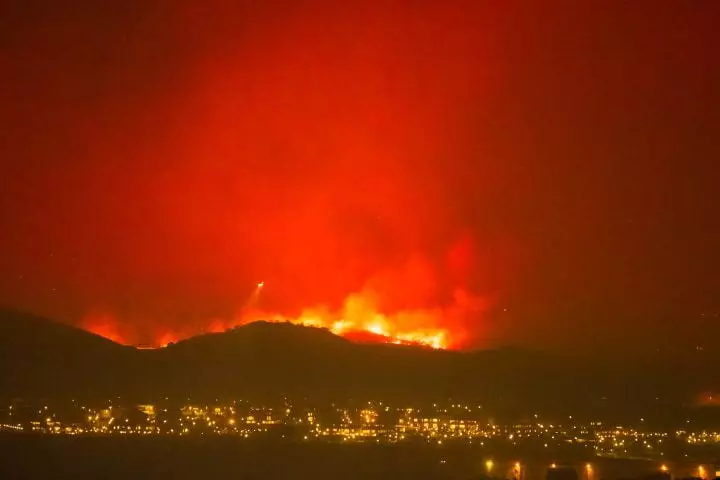According to a study by researchers at the University of California, wildfires in California have consumed five times more area between 1996 and 2020 compared to the period between 1971 and 1995. The study found that nearly all of the increase in scorched terrain could be attributed to human-caused climate change. The researchers used climate modeling to determine that “anthropogenic forcing” – conditions created by human fossil fuel burning and land use practices – accounted for a 172% expansion in burned area over natural inputs alone.
Factors Linking Wildfire Risk to Climate Change
The researchers identified various factors linking wildfire risk to climate change, which includes, lower springtime mountain snowpack, higher temperatures in the spring months, below-average precipitation, hotter summer temperatures, more frequent heat extremes, and a decrease in the number of rainy days during fire season. The researchers also stated that climate change and variability have contributed to arid conditions and dried-out fuels on the forest floor and canopy that feed wildfires. The difference between the amount of moisture in the atmosphere and how much moisture the air can hold when it’s saturated, known as vapor pressure deficit, contributes to arid conditions.
The Future of Wildfire Spread in California
The Detection and Attribution Model Intercomparison Project, which is part of the widely used Coupled Model Intercomparison Project Phase 6, was used by the researchers in their modeling exercises. The team quantified the effects of anthropogenic climate change on forest fires in California since 1971 and explored the future spread of the Golden State’s burned area through 2050. The researchers found that there could be as much as a 50% increase in burned area from 2031 to 2050 relative to the past few decades.
The study also found that the wildfires not only cause environmental destruction but also exacerbate mortality and bad health outcomes, with people of lower socioeconomic status suffering the worst impacts. However, the researchers believe that the fact that anthropogenic climate change-driven fires can be a cause for hope as it is a problem that can be fixed by reducing carbon dioxide emissions and pursuing more sustainable transportation, energy production, and agricultural practices.
Human-caused climate change is the major driver of wildfires in California, and the study emphasizes the need for taking steps to reduce carbon dioxide emissions and pursue more sustainable practices. Reducing the adverse effects of global climate change can help mitigate the devastating impacts of wildfires on the environment and human health.



Leave a Reply